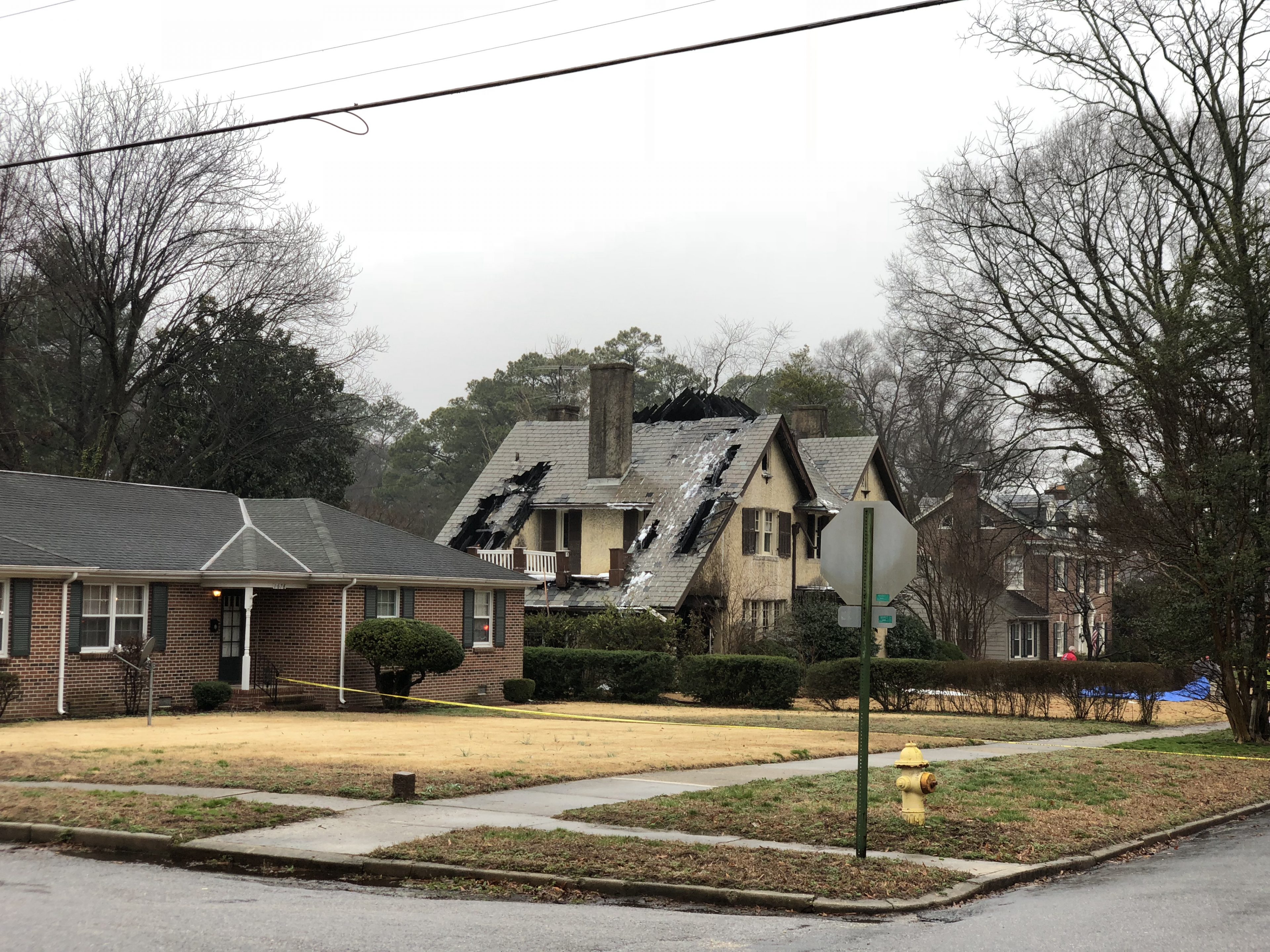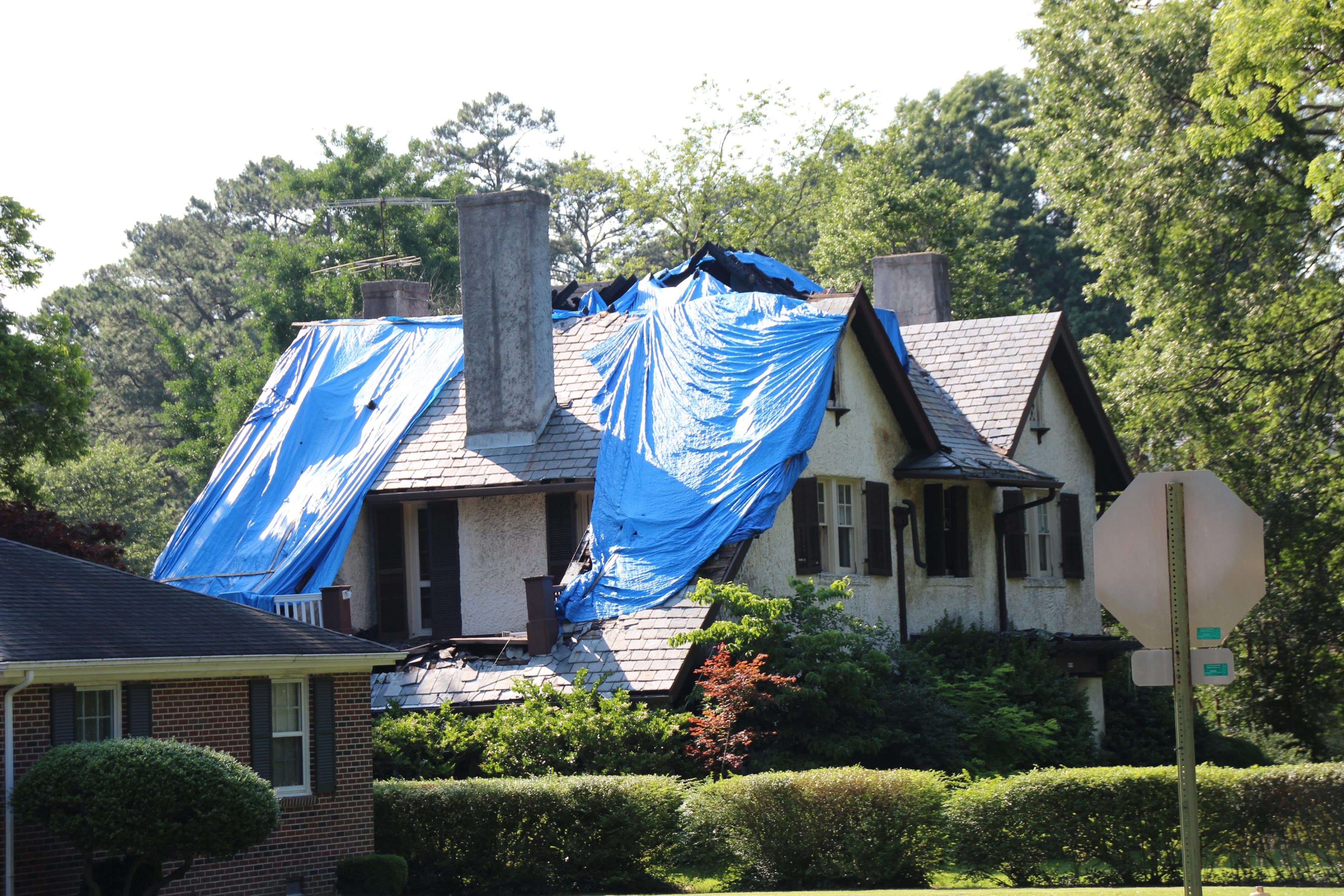This house along the 1600 block of Westover Avenue in Petersburg caught fire on February 19, 2018.


Single-lane wooden Norfolk Southern overpass on Sadler Road in Ivor, VA
“Small cell facility” means a wireless facility that meets both of the following qualifications: (i) each antenna is located inside an enclosure of no more than six cubic feet in volume, or in the case of an antenna that has exposed elements, the antenna and all of its exposed elements could fit within an imaginary enclosure of no more than six cubic feet and (ii) all other wireless equipment associated with the facility is cumulatively no more than 28 cubic feet in volume, or facilities comprised of such higher limits as established by the Federal Communications Commission. The following types of associated equipment are not included in the calculation of equipment volume: electric meter, concealment, telecommunications demarcation boxes, back-up power systems, grounding equipment, power transfer switches, cut-off switches, and vertical cable runs for the connection of power and other services.
There is now a small cell facility in Walnut Hill (Petersburg, Virginia) on a utility pole alongside West Tuckahoe Street.
1920/23 has title: Report of the City of Petersburg, Virginia (September 15th, 1920, to June 30th, 1923), being a complete report of the city government under the council-manager plan.
The Department of Rail and Public Transportation (DRPT) is working with Norfolk Southern, CSX and Amtrak to extend Richmond’s Amtrak Virginia regional service, which began in July 2010, to Norfolk. When complete, residents in and around Norfolk will have a one-seat ride from Norfolk as far north as Boston. The estimated start date for this new service is 2013.
More details:
A retired fire lookout (observation) tower in Dewitt, Virginia.
Coordinates: 37.042014, -77.639823
The history of fire lookout towers predates the United States Forest Service (which was founded in 1905). Many townships, private lumber companies, and State Foresty organizations operated fire lookout towers on their own accord.
In 1933, during the Great Depression, President Franklin Delano Roosevelt formed the “Civilian Conservation Corps” consisting of young men and veterans of World War One. It was during this time that the CCC set about building fire lookout towers, and access roads to those towers. The U.S. Forest Service took great advantage of the CCC workforce and initiated a massive program of construction projects, including fire lookout towers. In California alone, some 250 lookout towers and cabs were built by CCC workers between 1933 and 1942.
The golden age of fire lookout towers was from 1930 through 1950. During World War II, the Aircraft Warning Service was established, operating in 1942 and 1943. Fire lookouts were assigned additional duty as Enemy Aircraft Spotters, especially on the West Coast of the United States.
From the 1960’s through the 1990’s the towers took a back seat to new technology, aircraft, and improvements in radios. The promise of space satellite fire detection and modern cell phones tried to compete with the remaining fire lookout towers but in several environments, the technology failed.